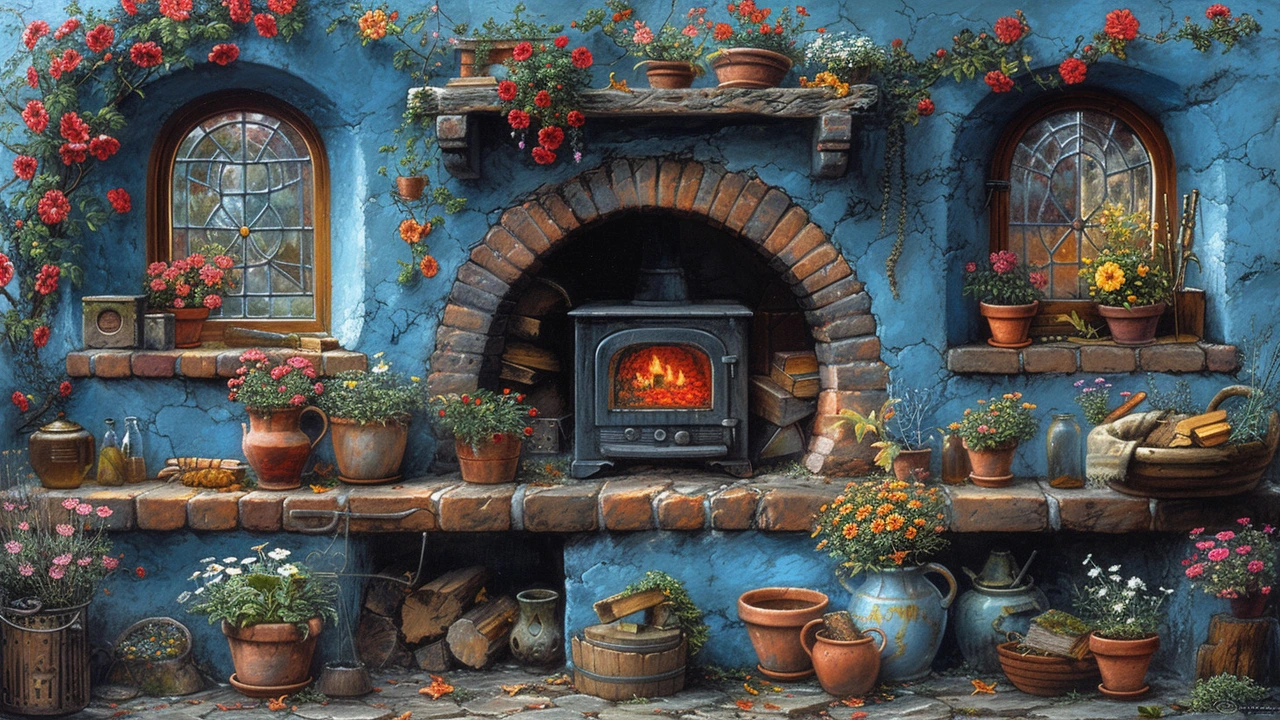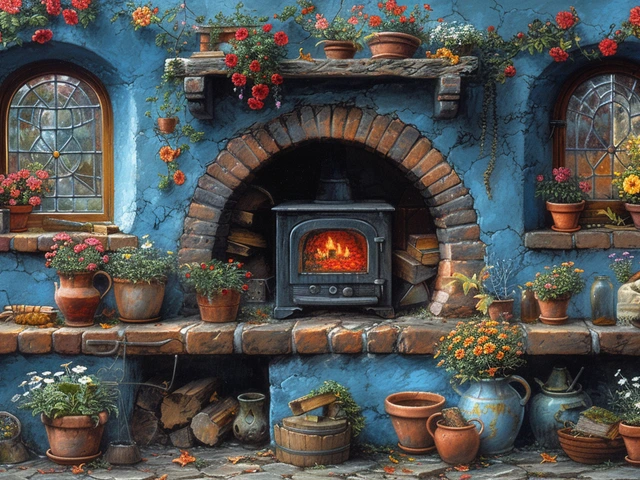Understanding the American Craftsman Style
The American Craftsman Style, a design movement originating in the late 19th century, stands for simplicity, functionality, and a deep appreciation for craftsmanship. At its heart, it rebelled against the industrial revolution's mass production, bringing back the artistry and uniqueness of handmade objects. It's not just a style, it's a philosophy, much like my dear Samuel's view on cooking – always handcrafted, always from scratch, always with a soul. Its design principles, influenced by the Arts and Crafts movement in Britain, emphasize natural materials like wood, stone, and brick, harmonizing the home with its natural surroundings.
The Resurgence of a Design Classic
In our fast-paced, tech-driven world, there seems to be a collective yearning for something more grounded and authentic - enter the Craftsman Style. This resurgence is a nod to a time when things were built to last, when a door wasn't just a slab of wood, but a carefully constructed piece of artistry. It's like the banana bread craze during lockdown – everyone suddenly wanted something real, comforting, and homemade. As a result, homes with handcrafted details and sturdy construction are catching the eyes of today's homeowners.
Authenticity and Sustainability: Key Attractions
Let's unpack why Craftsman Style homes are popping up more frequently on your Insta-feeds. Sustainable design is no longer just a fad, it's a necessity. The use of local materials and craftsmanship aligns perfectly with today's eco-friendly mindsets. Similar to shopping at a local farmer's market, a Craftsman Style home delivers an experience that is good for the soul, and for the planet. It encourages slower living and shines a spotlight on the sheer beauty of natural imperfections.
How Modern Homes Are Integrating Craftsman Elements
Contemporary builders, inspired by history, are cherry-picking the best bits of the Craftsman Style to sprinkle into modern homes. It's sort of like remixing a classic song – same soulful melody, new beat. Think sleek lines meeting elaborate woodwork, or solar panels sitting on a hand-laid shingle roof. This melding of eras brings an appealing contrast that makes a home stand out in a sea of cookie-cutter designs. Samuel once said it's like marrying old-world charm with new-world convenience, and I think he hit the nail on the head there.
Craftsman Style in Interior Design: The Personal Touch
Inside a Craftsman home, you'll likely find built-in cabinetry, exposed beams, and stained-glass windows – the signature of a style that dares to combine form and function. Furniture follows suit, with a predilection for sturdy, comfortable pieces. Incorporating Craftsman Style is about creating personalized spaces that tell a story. It's about showcasing a collection of objects not for their brand name, but for their craftsmanship and meaning. Each piece adds a chapter to the home's narrative, much like the vintage typewriter Samuel and I found at a flea market, which became the centerpiece of our living room.
Incorporating Craftsman Ideals Into Modern Living
So how does one weave the principles of the Craftsman Style into a 21st-century life? It's all about balance and interpretation. Choose high-quality, handcrafted furniture over flat-pack monotony, but feel free to jazz it up with some smart tech for convenience. It's the blending of eras that can bring warm, nostalgic vibes to the most contemporary of spaces. Personally, I find my heart sings when juxtaposing my grandmother's oak table with a sleek, modern vase. The contrast is visually delightful, and spiritually grounding.
Gardens and Exteriors: Embracing Nature's Palette
Landscape design in Craftsman Style homes extends the philosophy outdoors. Picture lush gardens that complement the home's architecture, with native plants and stone pathways weaving through the yard. It's about creating a seamless flow from indoors to outdoors. The same way you would pair a fine wine with a gourmet meal, these gardens are the perfect backdrop to the architectural feast of a Craftsman home. And just like Samuel's perfectly curated herb garden, it's about practical beauty that serves more than just aesthetics.
Renovations: Preserving the Craftsman Legacy
Retrofitting an old Craftsman Style home can be akin to restoring a classic car – it takes patience, love, and a fair bit of expertise. But the reward is a space imbued with history and character. When Samuel and I renovated our kitchen, we insisted on keeping the original leaded glass cabinets – they tell the story of the home and add a depth that new cabinets simply couldn't. Preserving these features is about honoring the legacies within the walls. It's the architectural equivalent of a cherished family photo album.
The Craftsman Community: A Tight-Knit Revival
Human connection is at the core of the Craftsman Style. Like a close-knit village, there's a sense of community among Craftsman enthusiasts. Perhaps we see ourselves as keepers of a flame, of a tradition that values the personal touch in an increasingly impersonal world. There are social media groups dedicated to sharing restoration tips, furniture finds, and encouraging support for local artisans. This community spirit is reminiscent of barn raisings of yore, where everyone pitches in for the common good.
Will the Craftsman Style Stand the Test of Time?
In conclusion, the American Craftsman Style is much more than a quaint blast from the past. It's a statement against the throwaway culture, an embrace of sustainability, and a nod to the beauty of artisanal creation. Samuel often reminds me that what's old can be new again, and this is especially true in design trends. It's the tactile warmth of wood, the integrity of the structure, and the pride in craftsmanship that assures this style is here to stay. And as we move forward, perhaps what we're really learning is that some things, like good style, and good company, are truly timeless.




